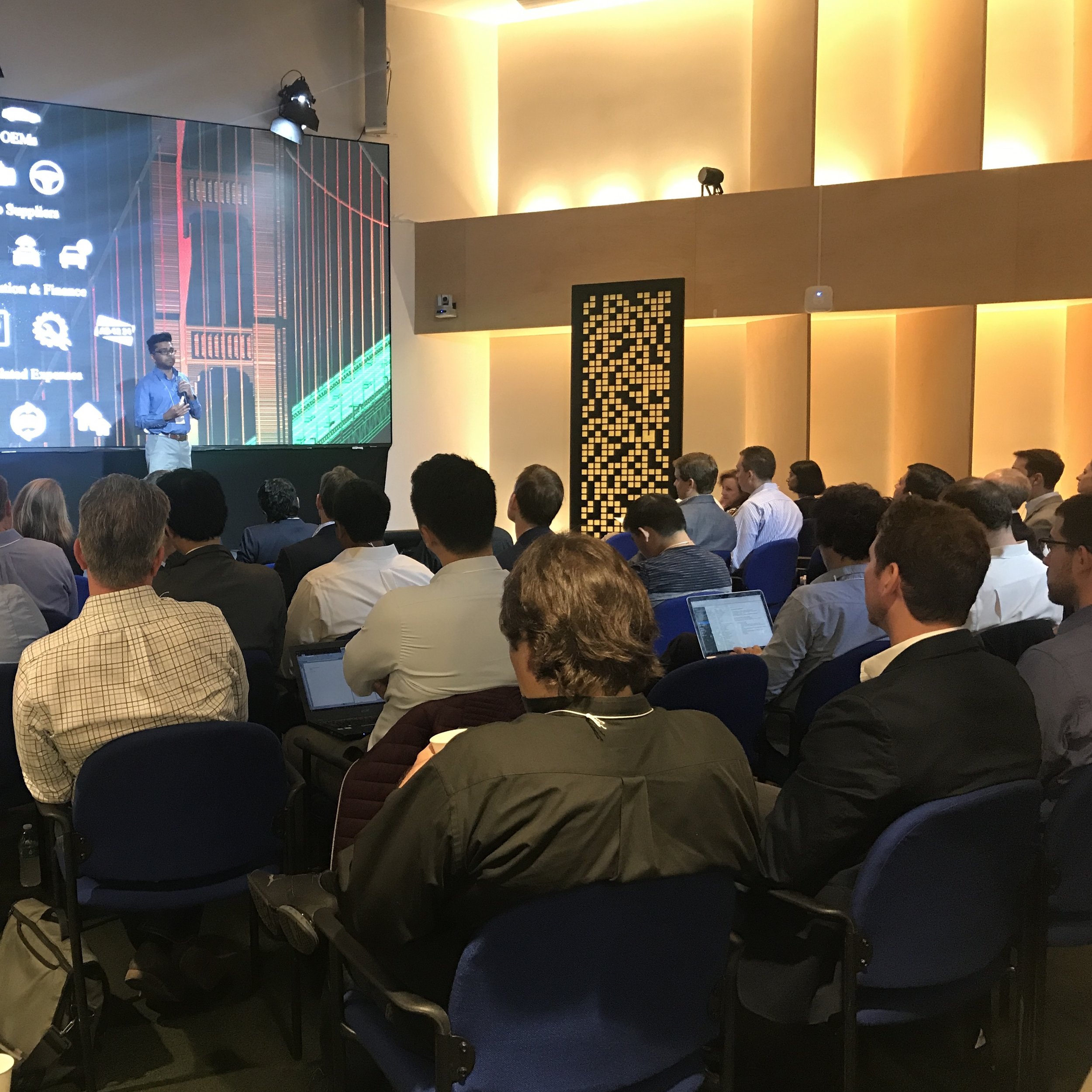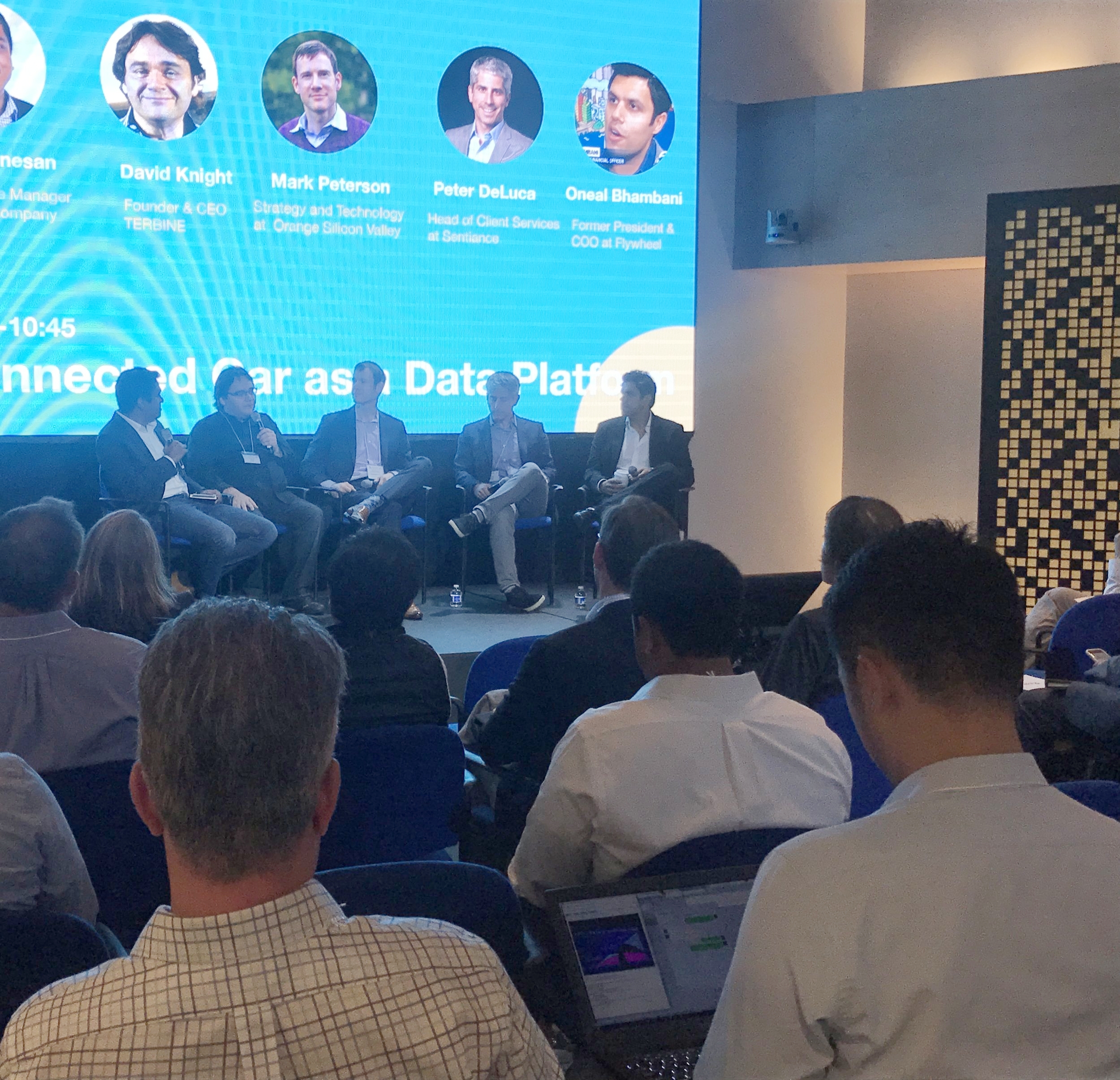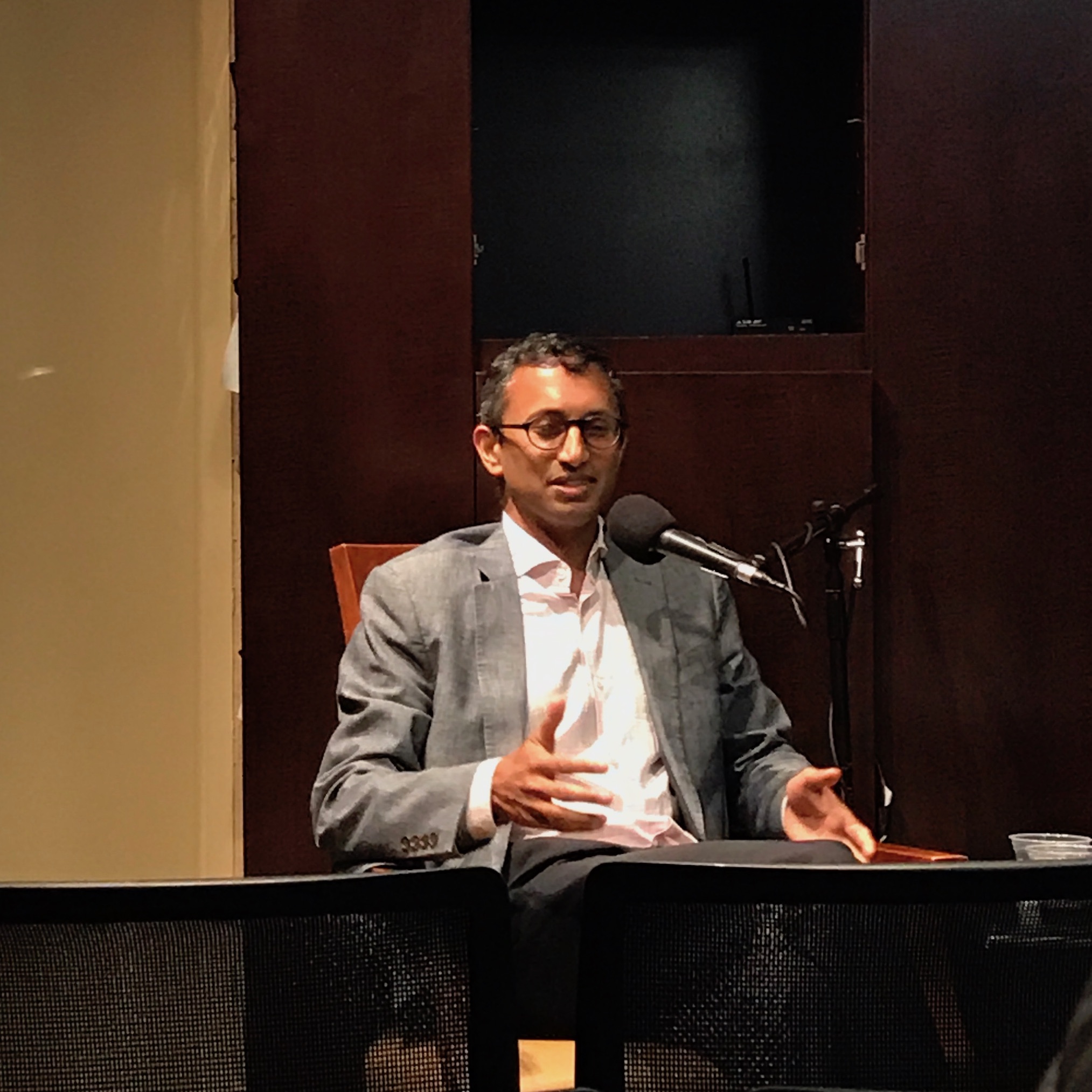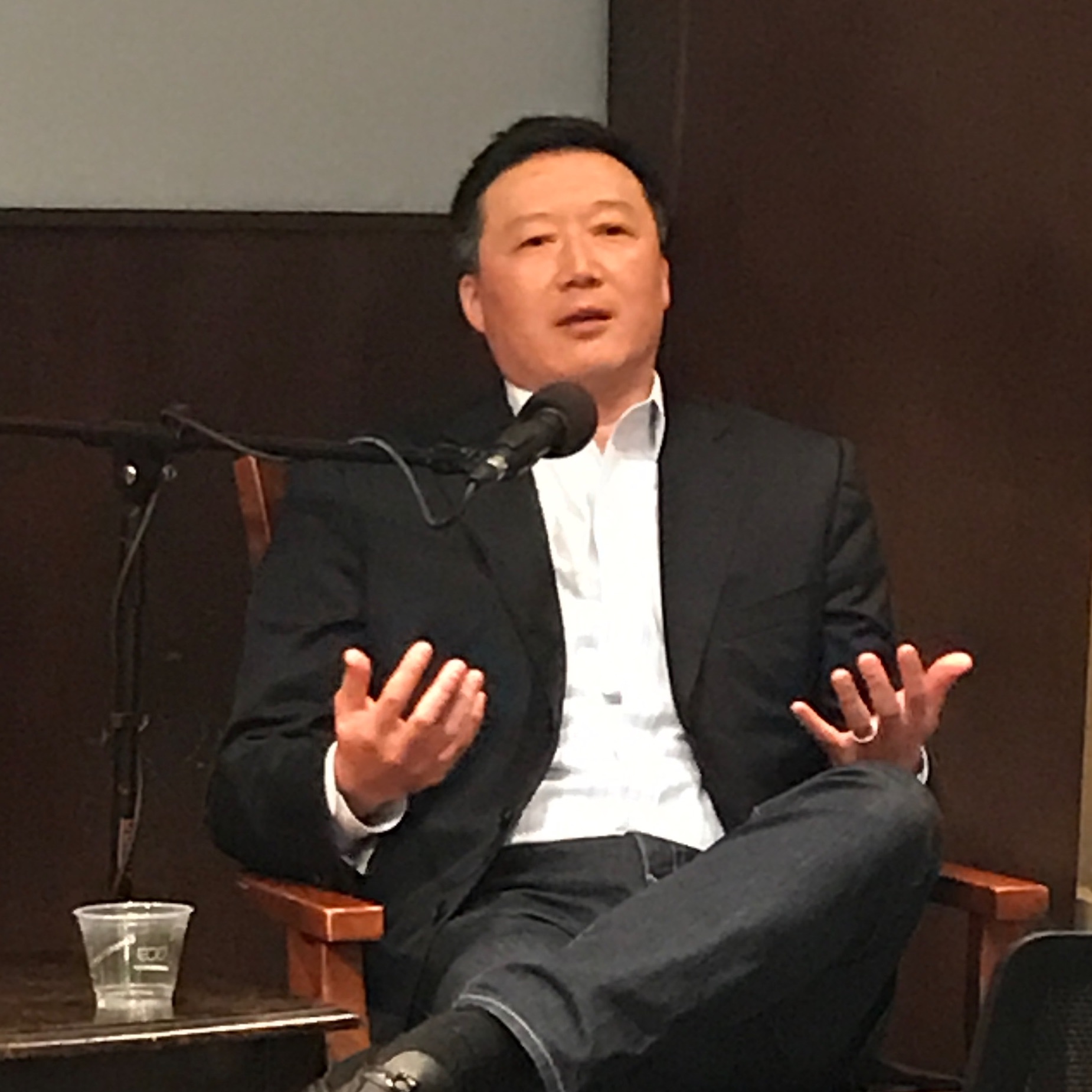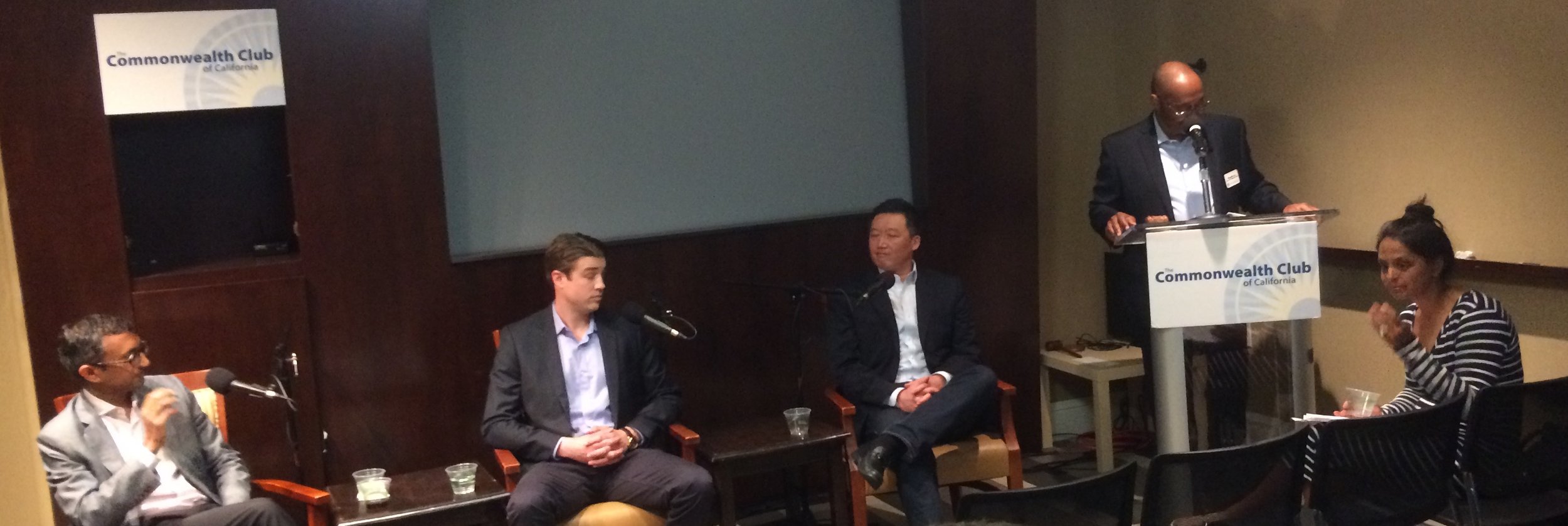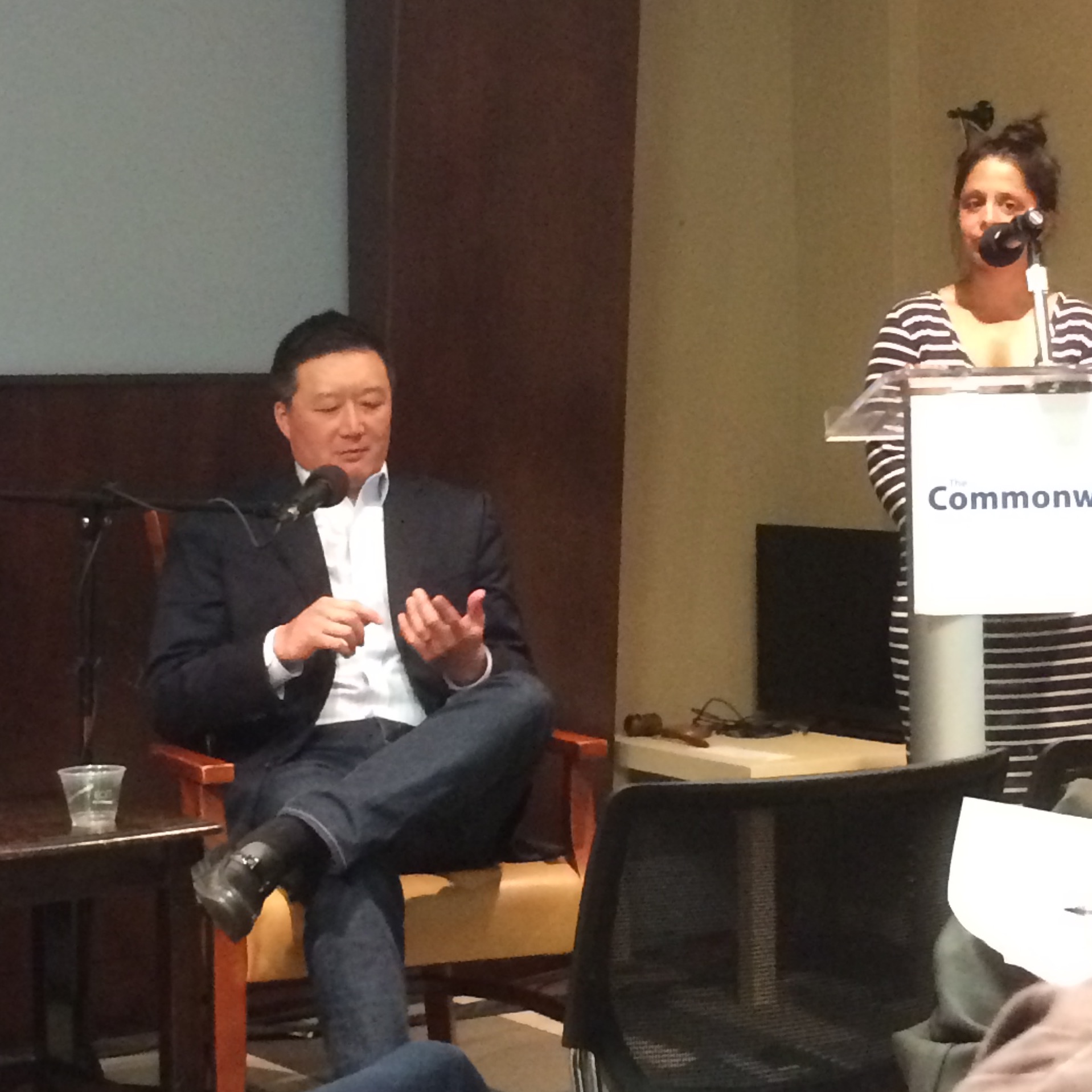Experiential marketing has been all the rage this year, partially fueled by the growing challenge of engaging hard-to-reach millennials. That said, are branded Ferris wheels really what's necessary to stay relevant? (We’re talking about Snap’s latest ad at Cannes.)
According to recent Eventbrite research, experiences trump things, with 3 in 4 millennials choosing to spend money on an experience rather than a material item. For instance, Americans attend more live events than ever before, looking for that unique authenticity found through in-person engagements.
The millennial generation has effectively changed the game for brands, who have to think more creatively (and authentically) in order to reach consumers and survive. Here are three of the top approaches utilized by brands to make a lasting impression:
Host an event. Putting on your own event is a great way to engage your network. Make sure you know who your audience is in order to communicate with them in a way that’s meaningful - and fun.
Experiential marketing. While social media engagement and the “fun” factor are great, forgo the Ferris wheel and instead, focus on creating an interactive connection with your audience. Experiential marketing is a two-way conversation and can offer an invaluable space to engage consumers.
Guerrilla marketing. Guerrilla tactics are an unconventional, out-of-the-box way to achieve higher impact and visibility at a lower cost. By introducing an element of surprise, guerrilla marketing has high potential for virality, helping to amplify brand engagement both online and offline.
Interested in learning more? Here are 7 guerrilla marketing examples to inspire your next campaign.
---









